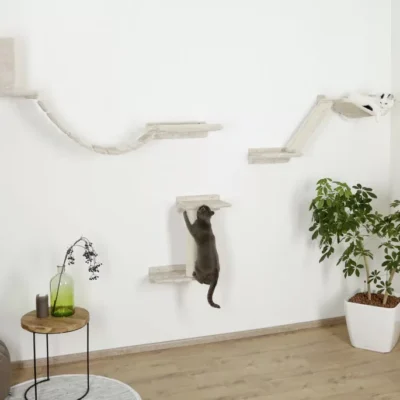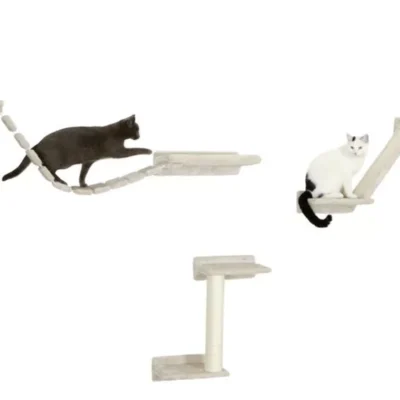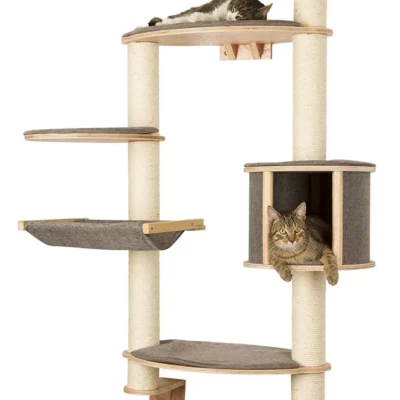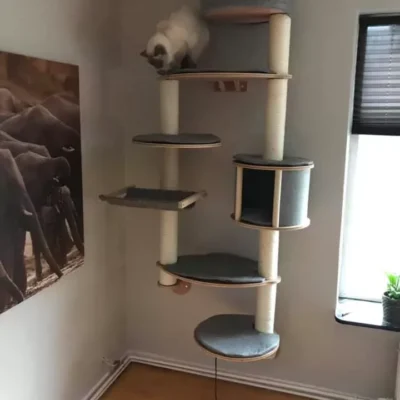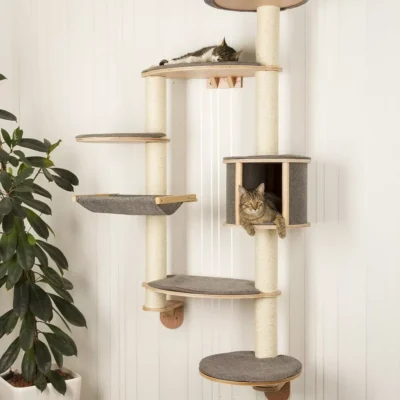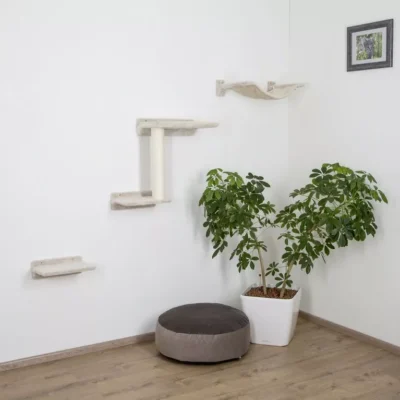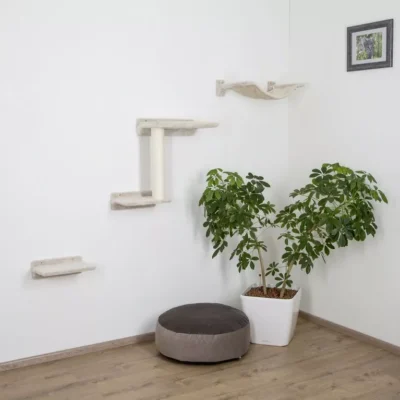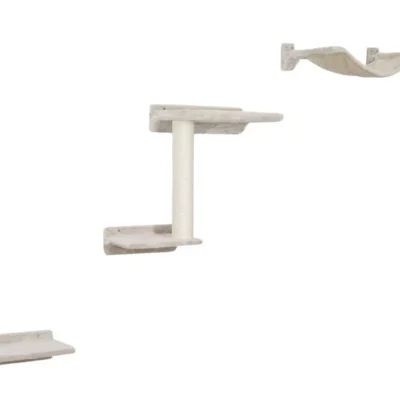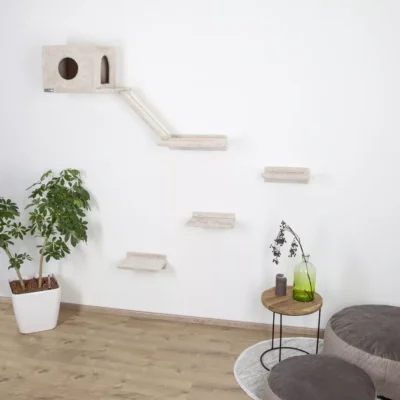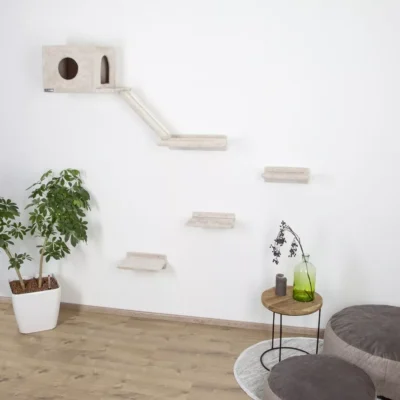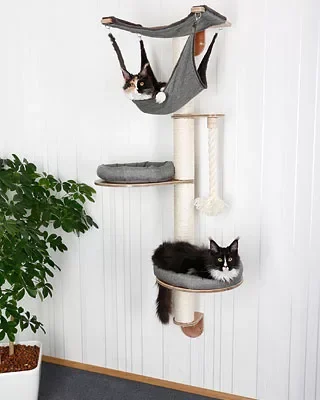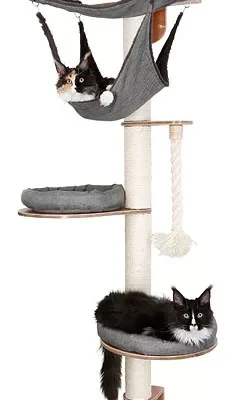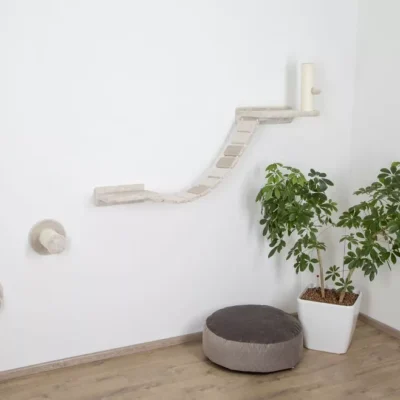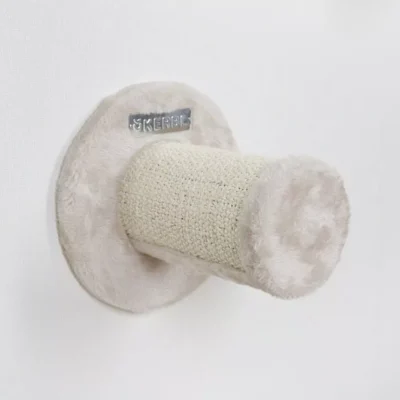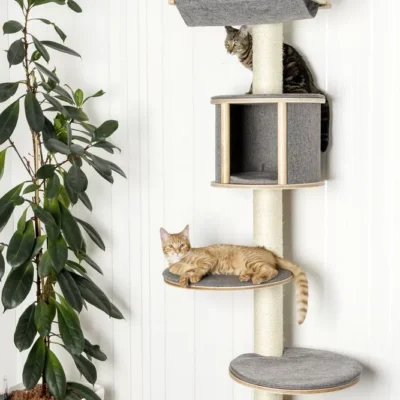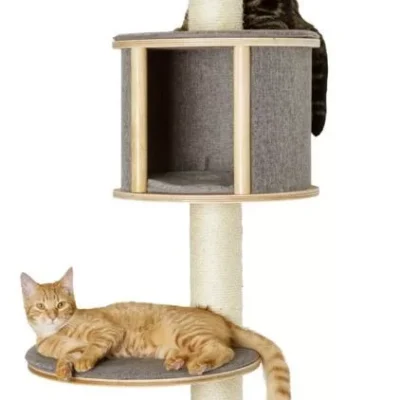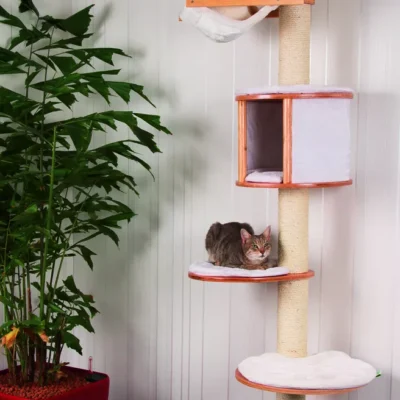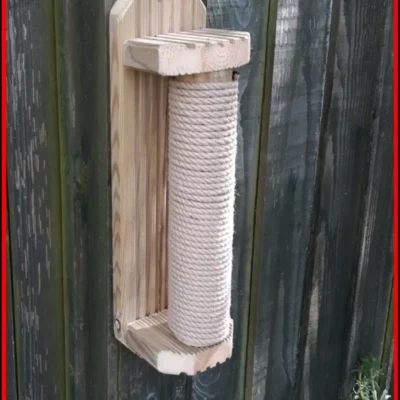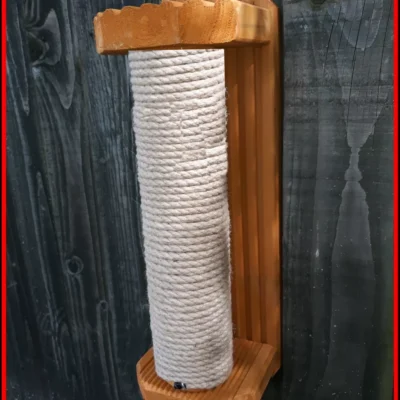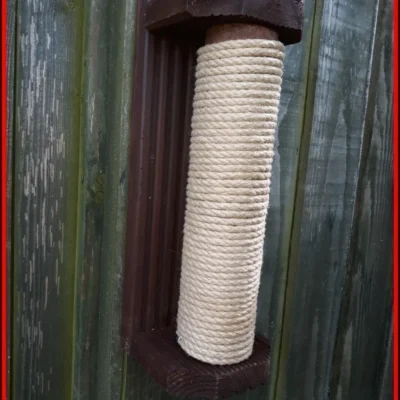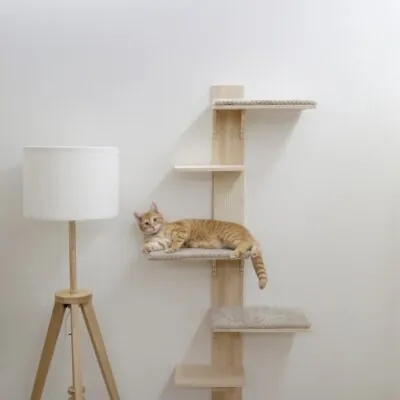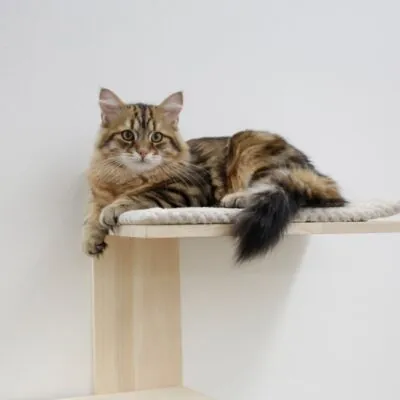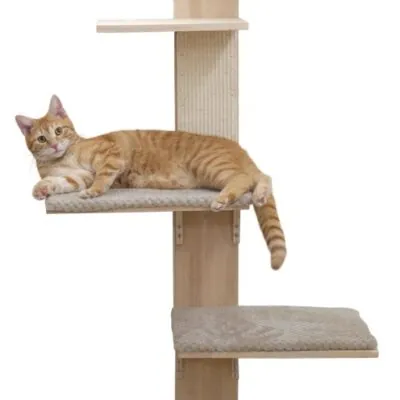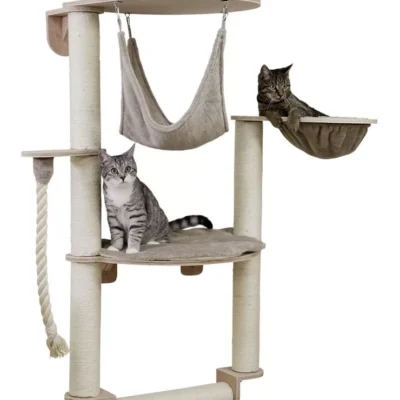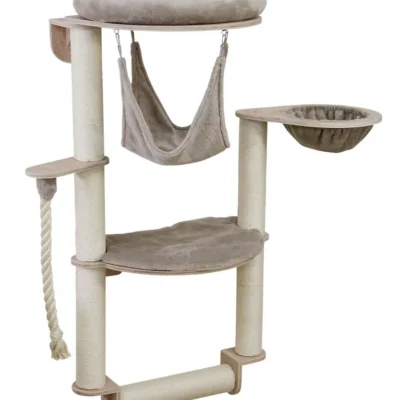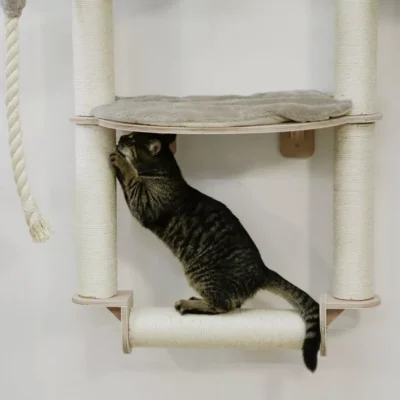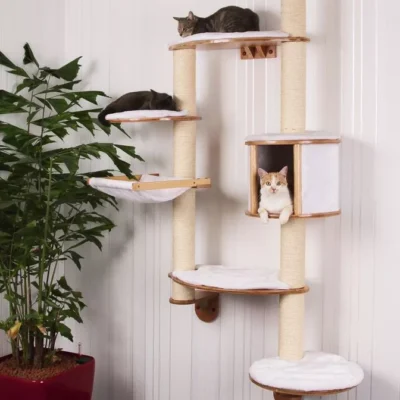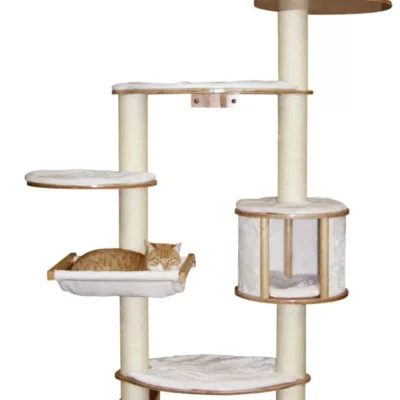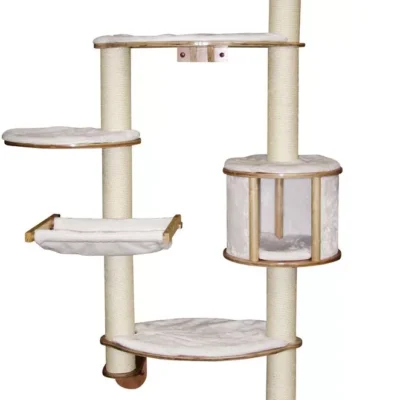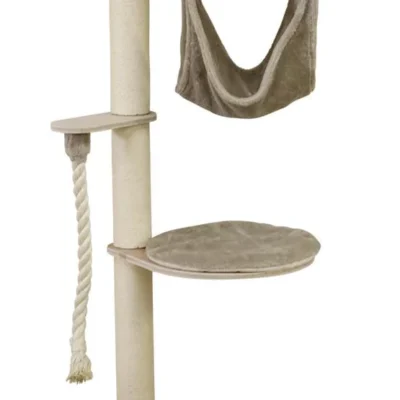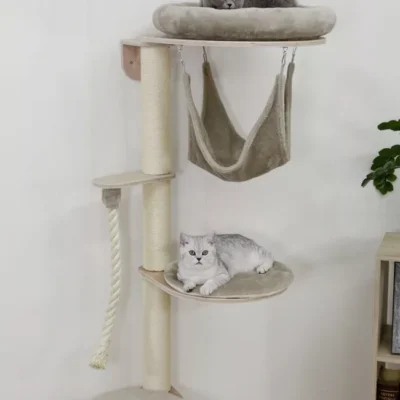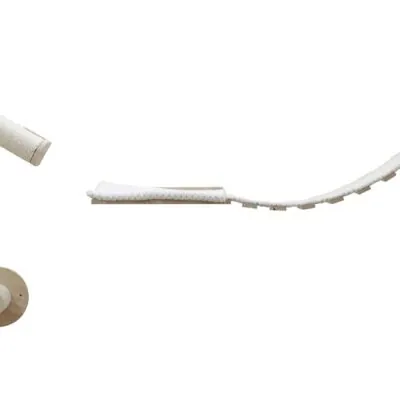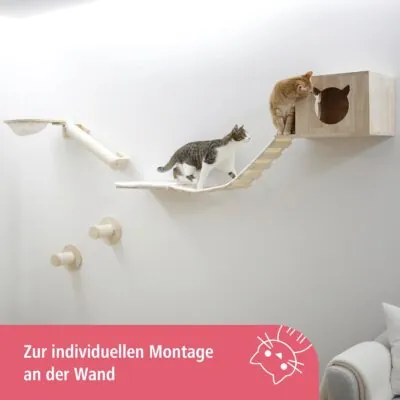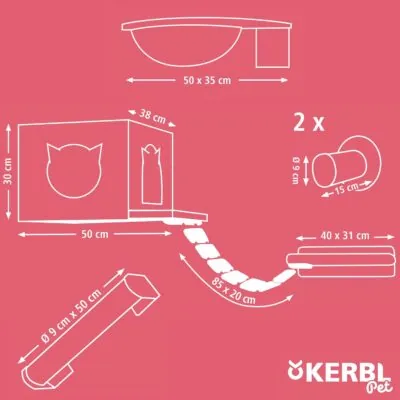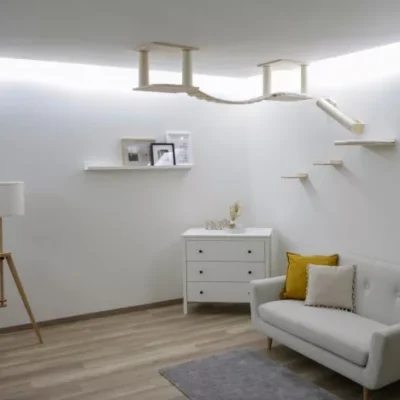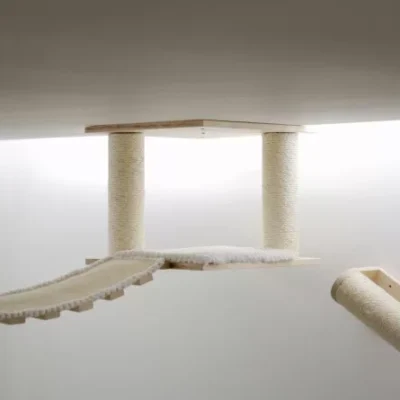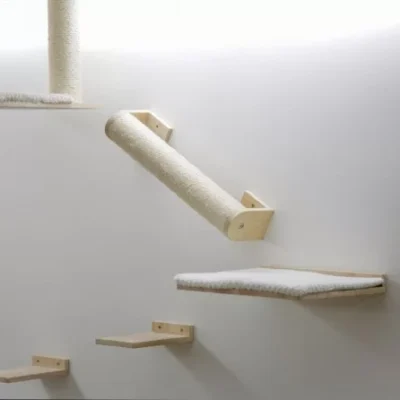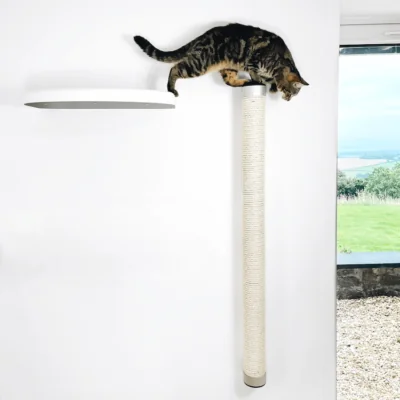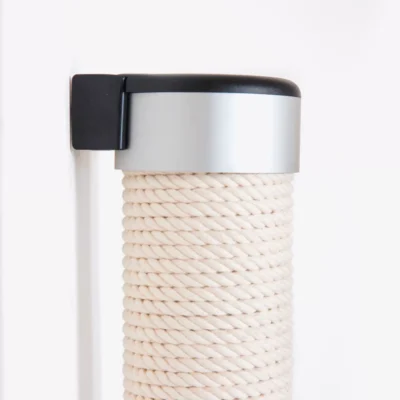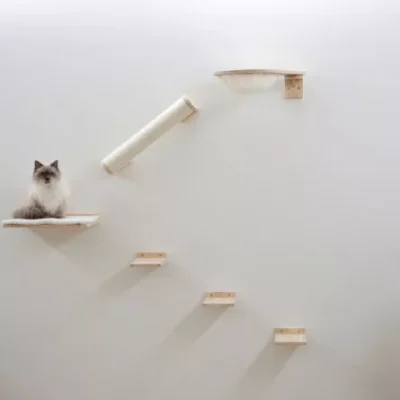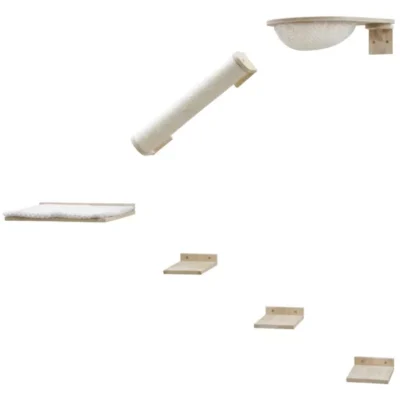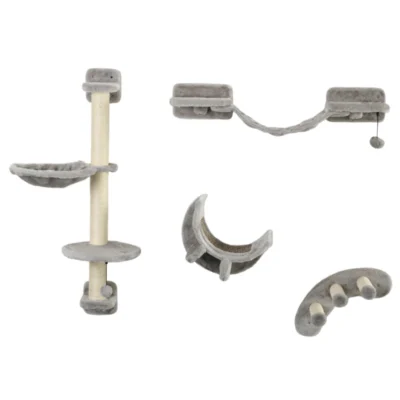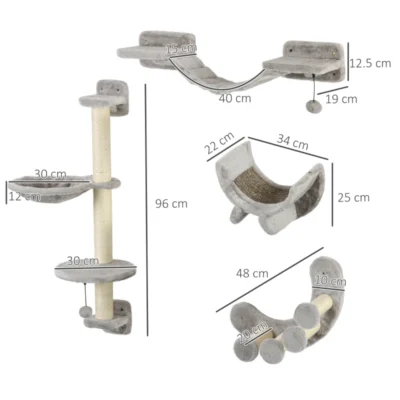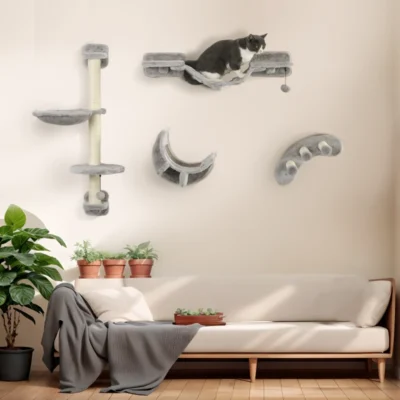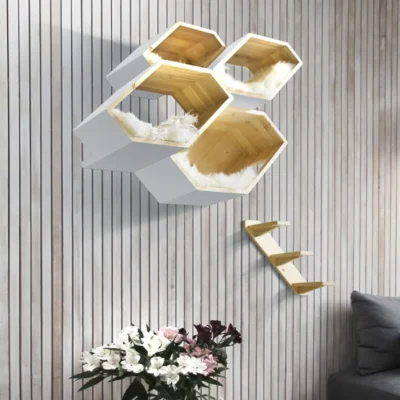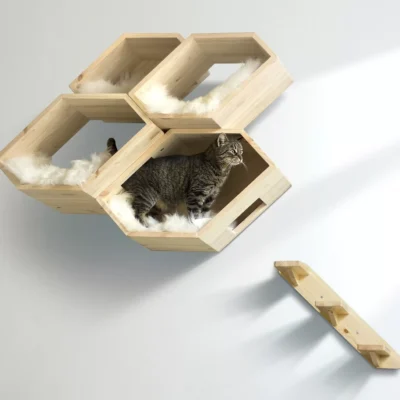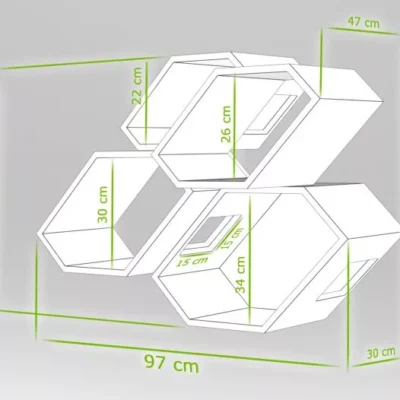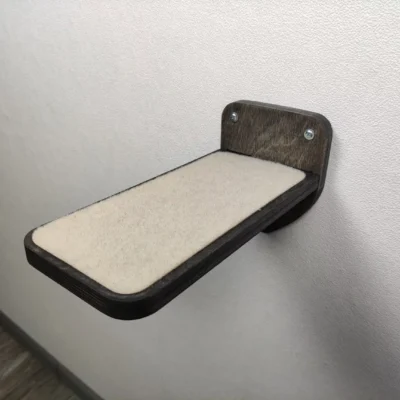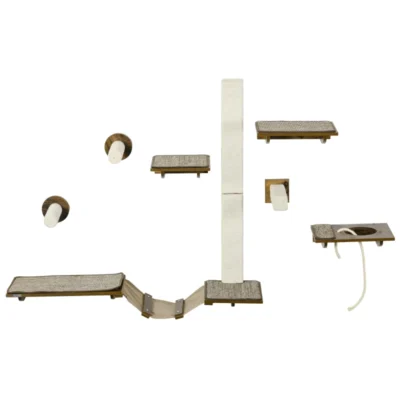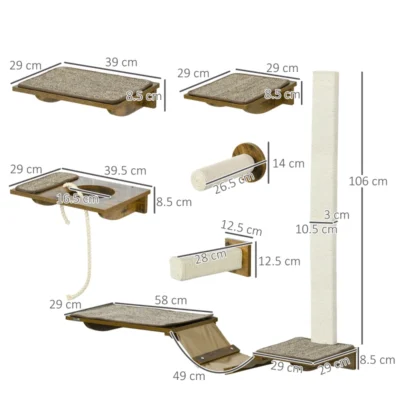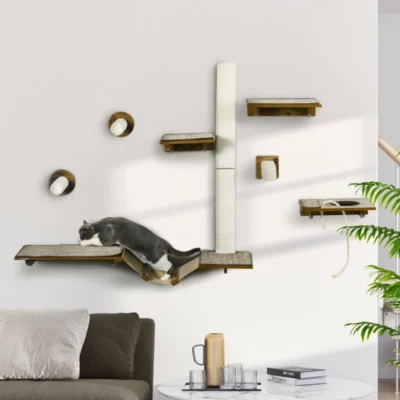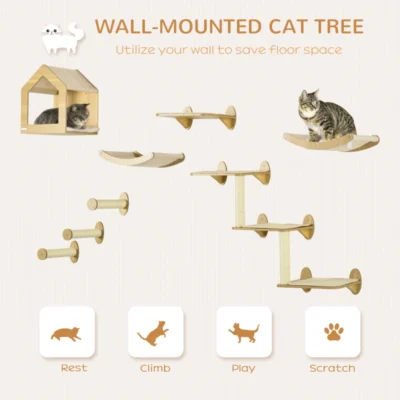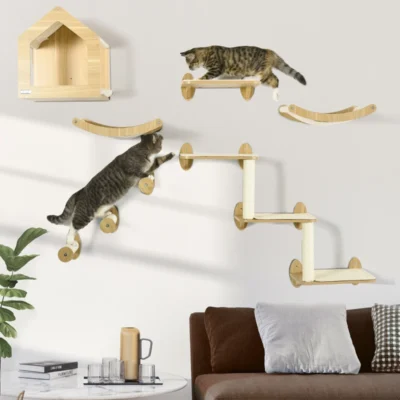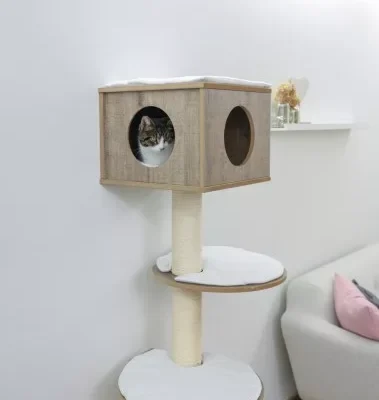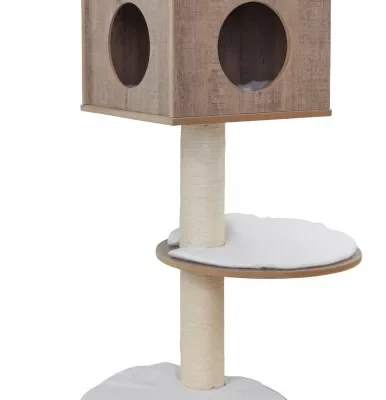0
Understanding the behavior of your feline friend is a fascinating and rewarding journey that deepens the bond between you and your cat. Cats, with their mysterious and often enigmatic behavior, have been companions to humans for millennia. Grasping the intricacies of their behavior is not just a curiosity – it’s essential for any cat owner committed to providing a loving and harmonious environment for their pet.
The behaviors exhibited by cats are deeply rooted in their instincts. These range from their hunting practices to their grooming habits, and from their sleeping patterns to their play behaviors. One of the most striking differences between cats and other domestic animals, like dogs, is their strong sense of independence and territoriality.
Cats communicate in various ways, which can include vocalizations such as meowing and purring, as well as body language, like the positioning of their tails and the orientation of their ears. They also use scent marking as a form of communication.
A particularly interesting aspect of cat behavior is their crepuscular nature, meaning they are most active during the twilight hours of dawn and dusk. This trait is a remnant of their wild ancestors’ hunting routines. In a domestic environment, these instincts are often displayed through playful hunting behaviors, underlining the importance of play in a cat’s daily routine.
Cats also have a fundamental need for a secure and safe environment. They tend to seek out designated areas where they can retreat and feel protected. This need is often observed in their preference for high vantage points and enclosed spaces, which offer a sense of security and control over their surroundings.
Beyond physical activities, mental stimulation plays a crucial role in a cat’s well-being. Engaging a cat’s mind is essential in preventing behavioral issues and in promoting a healthy, balanced life. This mental engagement can be achieved through various means, such as interactive play, the use of puzzle toys, and even training sessions. These activities replicate the mental stimulation they would experience in the wild and help channel their energy in a positive way.
To keep a cat mentally stimulated, providing a variety of toys and rotating them regularly can maintain their interest and engagement. Interactive toys that mimic prey, like laser pointers or feather wands, are particularly effective in stimulating a cat’s predatory instincts, offering both physical exercise and mental engagement. Training sessions, when based on positive reinforcement, can also provide mental stimulation. Teaching cats tricks or commands not only strengthens the bond between pet and owner but also keeps their minds active and engaged.
However, it’s important to recognize the signs of boredom or lack of stimulation in cats, as these can lead to various behavioral issues. Signs of boredom in cats include overgrooming, aggression, a decrease in appetite, destructive behavior, and excessive sleeping. Addressing boredom is crucial and involves creating an enriching environment that caters to their natural instincts. This can include regular play sessions, environmental enrichment such as cat trees or window perches, and social interaction.
In summary, understanding and catering to the natural behaviors and needs of your cat is key to their well-being. Mental stimulation, along with environmental enrichment, plays a vital role in preventing boredom and stress, leading to a happier and healthier cat. As a cat owner, being attentive and responsive to your feline friend’s behavior and needs is essential for fostering a strong, loving relationship and ensuring a content and satisfied companion.
The Art of Creating a Cat-Friendly Environment
Creating a cat-friendly environment is a thoughtful process that involves catering to the unique needs and instincts of your feline friend. This endeavor is essential in ensuring that your cat feels secure, engaged, and happy in your home.
The cornerstone of a cat-friendly home is the establishment of safe and comfortable spaces. Cats, being creatures that greatly value security and comfort, flourish in environments that provide these elements. Safe havens for cats can vary widely, from a soft, quiet cat bed in a secluded corner to a hidden alcove where they can retreat when feeling overwhelmed or anxious.
It is crucial that these areas are recognized by the cat as their own personal space, undisturbed by humans or other pets. Cats naturally seek high vantage points, so incorporating elevated spaces like cat trees or shelves caters to this instinct. These high perches not only satisfy their need to survey their surroundings from above but also offer a sense of safety and control. Making these areas more inviting with soft bedding, familiar scents, or personal items like clothing with your scent can enhance the comfort and reassurance these spaces provide to your cat.
Another aspect of a cat-friendly environment is stimulating their natural curiosity and love for exploration. Cats are inherently inquisitive and enjoy an environment that allows them to investigate and roam. Enhancing your home to meet this need includes providing structures like cat trees and shelves, which offer vertical spaces for climbing and perching. These structures are particularly effective when placed near windows, allowing your cat to watch the outside world and stay entertained.
Window perches are also a great addition, as they offer cats a view of outdoor activities, which is mentally stimulating, especially for indoor cats. Introducing a variety of textures and materials, such as rugs, blankets, or cardboard boxes, can create a more engaging and exploratory environment, catering to the diverse sensory preferences of your cat.
Incorporating interactive elements into your home plays a significant role in enhancing your cat’s mental and physical well-being. These elements are designed to stimulate their natural behaviors, such as hunting, pouncing, and exploring. Puzzle feeders are an excellent way to engage your cat’s mind, mimicking the mental challenges they would encounter when hunting. These feeders can also help regulate eating habits and prevent overeating, contributing to a healthy weight.
Automated toys that move unpredictably are another great option, as they hold a cat’s attention and mimic the movements of prey, providing entertainment and stimulation. Even simple, homemade toys like a feather tied to a string or a crumpled paper ball can be incredibly exciting for a cat. The unpredictability and opportunity to use their hunting skills make such toys an engaging addition to their environment.
In summary, creating a cat-friendly environment is about understanding and accommodating your cat’s natural behaviors and preferences. By offering safe spaces, facilitating exploration, and integrating interactive elements, you ensure that your cat remains not just physically active but also mentally stimulated. A cat that is content and stimulated is typically healthier, both mentally and physically. Investing in your cat’s environment is thus an investment in their overall well-being, fostering a fulfilling and joyful life for both you and your cat.
DIY Fun: Easy and Affordable Cat Toys
Engaging in DIY projects to create cat toys can be an enjoyable and rewarding experience. It’s an affordable way to entertain your feline friend, allowing you to repurpose household items while ensuring a safe and stimulating play environment. Homemade toys not only save money but also provide a unique opportunity to bond with your cat.
One simple yet popular DIY cat toy is the sock toy. Take a clean sock, stuff it with catnip, and tie the end. Adding a crinkly material like cellophane can make the toy more intriguing for your cat. This type of toy is excellent for cats to wrestle, kick, and snuggle with.
Another classic is the wand toy. By attaching a string to a sturdy stick and tying feathers, fabric strips, or other lightweight items to the string’s end, you create an interactive toy that stimulates your cat’s predatory instincts. This kind of toy is great for play that involves both the cat and their human, fostering a deeper bond.
For those with a bit more time and materials, creating a box maze or fort out of cardboard boxes can be a delightful project. By cutting holes into the sides of the boxes, you provide your cat with a new space to crawl through, explore, and play in. This setup not only entertains but also satisfies their natural curiosity and love for hiding places.
A ball track is another engaging option. Using a cardboard box lid and cutting large holes in it, then placing a ping-pong ball inside, creates a fun and challenging game. This toy can keep your cat occupied for hours, enhancing their mental stimulation and paw-eye coordination.
Many everyday household items can also be transformed into cat toys. Empty toilet paper rolls can be cut into rings or crumpled into balls for batting and chasing. Plastic bottle caps can serve as hockey pucks on hard floors, their unpredictable movement mimicking small prey. An open paper bag can become an enticing rustling hideout, and scraps of felt rolled into balls are perfect for chasing and carrying.
While creating these toys, it’s vital to prioritize your cat’s safety. Ensure there are no small parts that could be swallowed or cause choking. Use non-toxic materials and avoid items with harmful paints, glues, or dyes. Supervise your cat, especially during initial play sessions with new toys, to ensure they are safe and appropriate for your pet.
Regularly inspect homemade toys for signs of wear and tear, discarding anything that may pose a risk. Be particularly cautious with strings or ribbons, as these can be hazardous if swallowed, and always store such toys away after playtime.
DIY cat toys are not just a means to save money; they’re a fun and fulfilling way to engage with your cat, providing them with much-needed mental and physical stimulation. The joy and enrichment these homemade toys bring can significantly enhance your cat’s quality of life, while also strengthening the bond between you and your beloved pet. Remember, the best toys are those that encourage interactive play and cater to your cat’s instinctual behaviors, enriching your shared experiences and deepening your connection.


